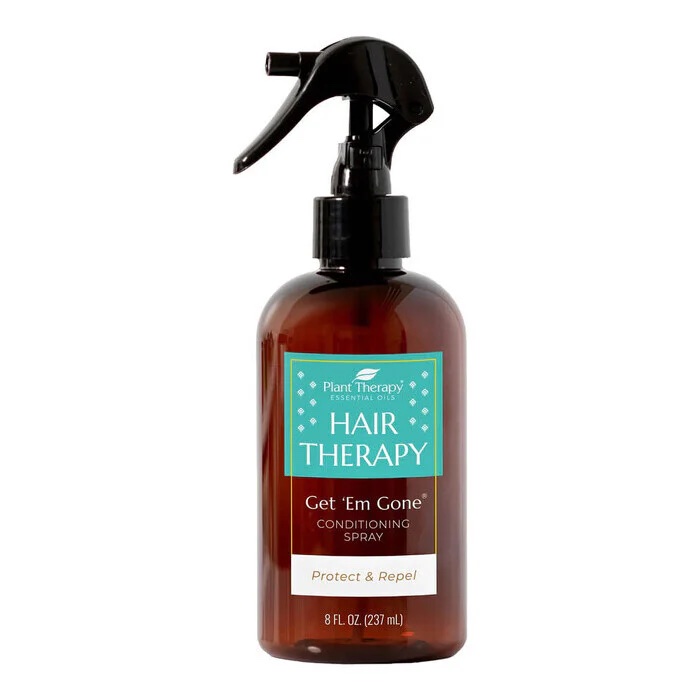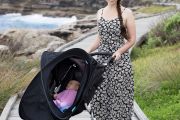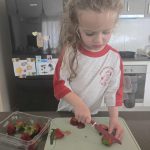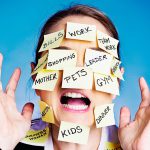What You Need to Know About Head Lice!
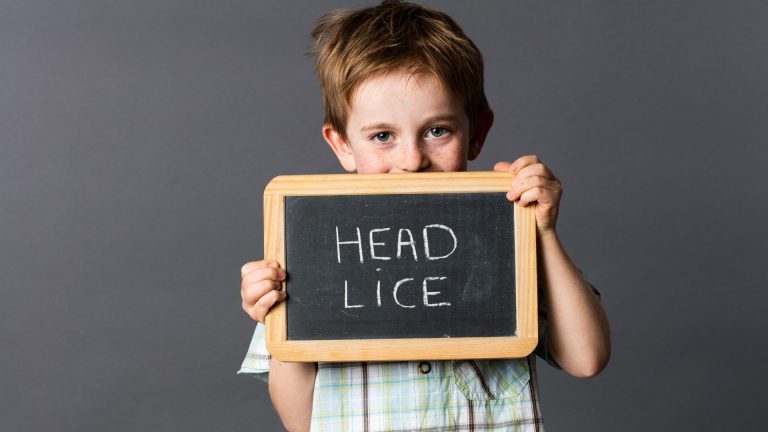
So, your child has come home from school, scratching their head and complaining of it itching? Congratulations – you’ve probably just come face to face with your first head lice infestation – welcome to parenthood!
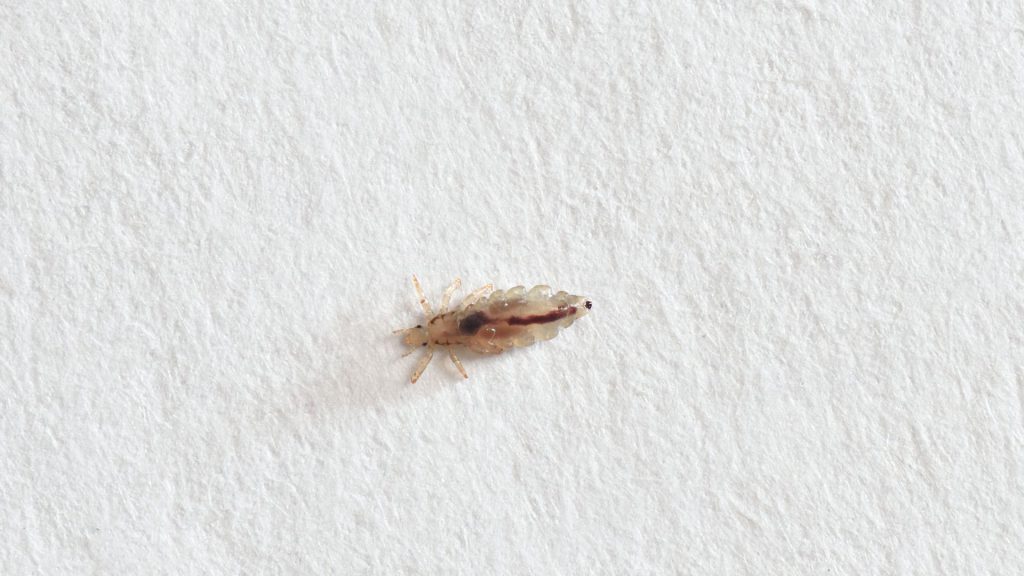
What Are Head Lice?
Head lice (Pediculus humanus capitis) are tiny wingless insects (approx 2-4mm in length) that live in human hair and eat blood. I know, gross right? But, let’s get one thing clear from the outset, although these little critters are a nuisance, they do not spread disease or virus. They are just a total pain in the…scalp!
In order to be able to treat your child/family successfully, it pays to understand about the biology and lifecycle of head lice.
Female head lice lay their eggs (nits) on the shafts of hair close to the scalp. In particular, they prefer the areas around the nape of the neck behind the ears, presumably for the warmth. In fact, the Mohawk hair style often worn in parts of Africa, Asia and America, is commonly used to prevent head lice infestations! Yeah! Not so cool now, huh?
During her lifetime (approximately 35 days) a female louse can lay anywhere between 50-150 eggs. Considering on average female head lice lay between 6-8 eggs daily, it is easy to see how an infestation can happen very quickly if it goes unchecked.
Eggs start off as white/yellow in colour and can be mistaken for dandruff. Unlike dandruff however they cannot be brushed out, and adhere to the shaft firmly. As the egg matures it may turn a tan/brown colour.
Eggs hatch into nymphs after 7-10 days, leaving behind a white shell on the hair shaft. By day 18 the nymph is a louse, and is able to sexually reproduce too!
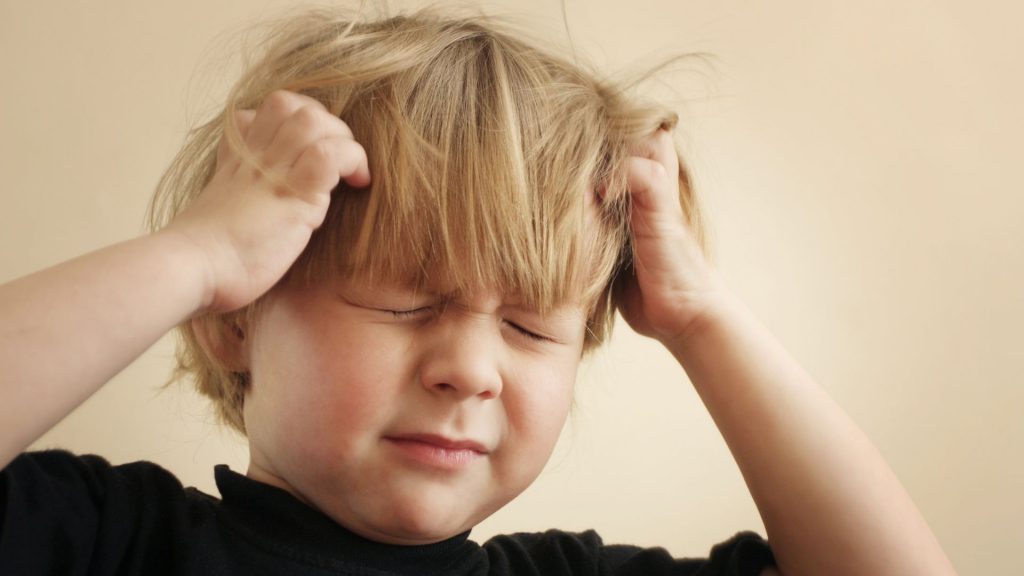
Symptoms of Head Lice
The itch that is often associated with head lice is not actually caused by the bites themselves. The itching sensation is the result of an allergic reaction to lice saliva, which you may not experience for weeks after you have been bitten. What’s more, some people do not become itchy at all, so it should not be used as the only indicator of a nit infestation. Regular head checks are a must.
Similarly, itchiness may not disappear immediately after treatment. Continued itching therefore does not necessarily indicate reinfestation.
Regular and thorough head checks are the best way to manage and prevent an infestation.

How to Check for Head Lice
Checking for head lice is not as simple as you may think. They are small, and they are very fast!
The most effective way to check for head lice is with the conditioner and comb method.
- Cover dry hair with conditioner. Any old cheap stuff will do as you need to be very generous with it and ensure the whole head is covered. This disables the head lice and stops them from moving.
- Using a find tooth nit comb work your way through the hair combing from the scalp to the ends of the hair in one motion. It is best to work in sections.
- Wipe the excess conditioner that collects on the comb onto tissue paper and check for lice.
- Repeat this on every section of the hair 4-5 times
Treatment for Head Lice
Firstly, if your family has head lice, ensure that you inform everyone who has been in contact with you, so they can also check for head lice. This also helps to control reinfestations. There is no point treating them and then sending the kids back to school to catch them back from the people you may have given them to!
With regards to getting rid of the head lice there are a number of treatments available, The conditioner and comb method outlined above may be used for those not wishing to use chemicals. It must be performed every second day until no live lice have been found for 10 days. This ensures that any nits that may have hatched in the interim are also removed before they start to breed again.
There are various other treatment available at your local chemist that can be used to kill the head lice. Killing the eggs though seems to be a much harder task, so these treatments usually require you to brush out the dead lice with the nit comb, and then repeat the treatment in 7-9 days. Once again, this ensures that any newly hatched nymphs are also killed. It is very important to read and follow the instructions included with the treatment product.
Any head lice treatments you use should carry an Australian Registered or listed number.
Please also note that head lice treatment may not be suitable for pregnant or breastfeeding women, babies under 12 months, and people with allergies, open wounds or asthma. If you are unsure consult your doctor or pharmacist.
Preventatives
There are also a number of preventative sprays on the market that you can use on your child’s hair throughout the year to deter head live, such as Plant Therapy’s Get ‘Em Gone Conditioning Spray. thanks to pure essential oils like tea tree, lavender, eucalyptus dives, geranium, citronella, spearmint, and more you can stop head lice in their tracks before they get settled in! Each essential oil in this proprietary blend was chosen for its repellent properties, creating the most undesirable environment for lice possible. Plus, coating strands in this conditioning spray also makes it difficult for lice to attach to hair shafts, giving them another reason to stay away.
Facts About Head Lice
- Having head lice is not a sign of poverty or poor hygiene. These parasites are indiscriminate in where they choose to take up shelter and food!
- It isn’t only children that catch head lice. The whole family, from baby to grandma should be checked if they have been in contact with someone with head lice.
- Head lice do not spread disease
- Head lice cannot jump, hop or fly. Transmission occurs from head-to-head contact, which is common in younger children.
- Human lice cannot be spread by pets
- Head lice cannot live long without a human host – they need our warmth and blood to survive. Adult head lice will dehydrate and die within 48 hours of being removed from a human host.
- Bed sheets, hats etc should be washed in water hotter than 60C. Clothes dryers can also be used.
- Head lice cannot be killed by regular shampoo and cannot be drowned.
- Proper treatment as outlined above should be sought.
How do you tackle and prevent head lice?
Disclaimer: This article contains affiliate links. This means if you make a purchase, we may receive a small commission at no extra cost to you.


